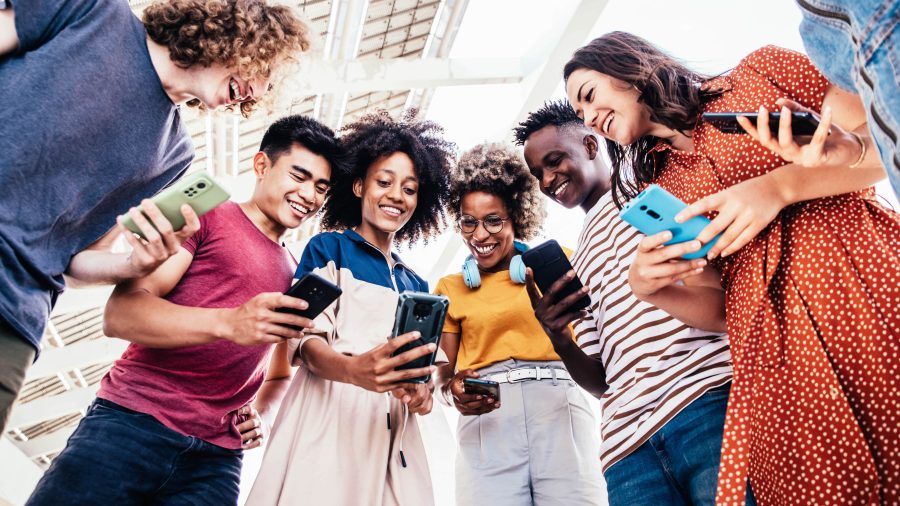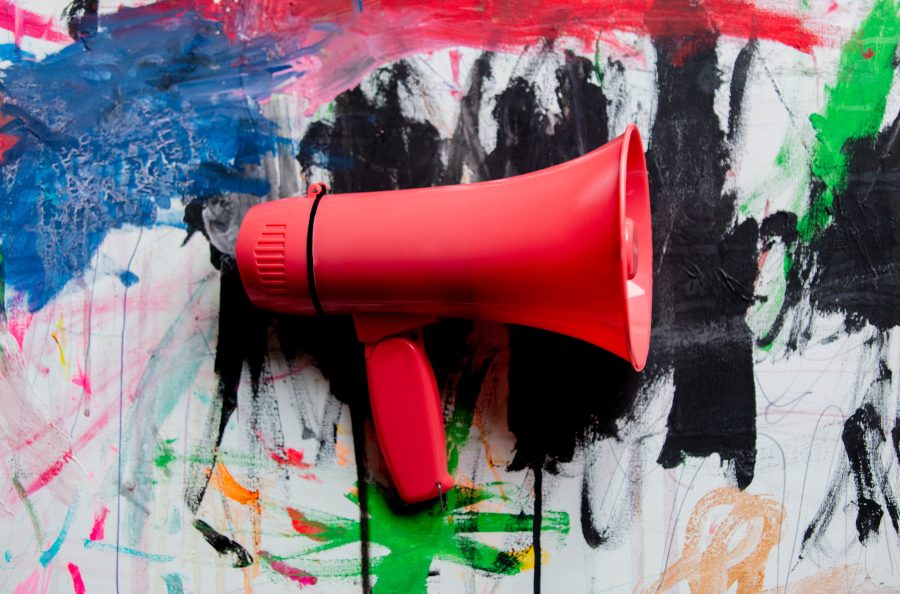Art has always played an integral role in society. From the earliest cave paintings to the modern-day art scene, humans have always used art to communicate, express themselves, and evoke emotions. Art has the power to transcend language barriers and connect people from different cultures and backgrounds. It has the ability to challenge our beliefs, inspire us, and encourage us to think critically about the world around us. In this blog, we will explore the importance of art in society and how it can promote social change and cultural understanding.
Art can serve as a powerful tool for social change:
Throughout history, artists have used their works to advocate for political and social causes. The civil rights movement of the 1960s, for example, saw an explosion of art that called for an end to racism and segregation. Artists like Faith Ringgold and Jacob Lawrence used their paintings to document the struggles of African Americans and to demand equal rights. In a similar vein, the feminist art movement of the 1970s challenged patriarchal structures and the objectification of women. Artists like Judy Chicago and Miriam Schapiro created works that celebrated the female form and celebrated the role of women in society.
Today, art continues to be an important tool for social change. Street art, for example, has become an increasingly popular medium for activists and artists to raise awareness about issues like climate change and social justice. Artists like Banksy and Shepard Fairey have created murals and posters that have become iconic symbols of resistance and dissent. In this way, art can give a voice to those who are often marginalized and can provide a platform for alternative perspectives and ideas.

Cultural understanding can also be promoted through art:
In a globalized world where people from different cultures come into contact with each other on a daily basis, art can help bridge the gaps between these cultures. By exploring different cultures through art, we can gain a deeper understanding of the values, beliefs, and practices of other people. This, in turn, can help us to appreciate and celebrate our differences and to find common ground.
One example of this is the popularity of world music and world cinema. Through music and film, people are exposed to the diverse cultures and traditions of different parts of the world. The popularity of K-pop, for example, has brought Korean culture to a global audience and has helped to break down stereotypes about Asian culture. Similarly, the popularity of Bollywood films has introduced Indian culture and traditions to people around the world.
Art can also be a means of preserving cultural heritage:
Through art, we can preserve the stories, traditions, and practices of our ancestors and pass them on to future generations. Art can help us to connect with our history and to understand the ways in which our cultural heritage has shaped who we are today.
One example of this is the role that art has played in the preservation of Indigenous cultures. Many Indigenous communities around the world have used art as a means of preserving their cultural heritage and passing on their traditions to future generations. Indigenous art often tells stories and conveys important cultural knowledge, and has become an important means of asserting Indigenous sovereignty and resisting assimilation.

Art can also have a positive impact on mental health and well-being:
Art therapy, for example, is a form of therapy that uses art as a means of helping people to explore their emotions, reduce stress, and improve their mental health. Art can help people to express emotions that they may struggle to put into words, and can provide a sense of relaxation and calm.
Furthermore, engaging in art can also be a form of self-care. Whether it’s painting, drawing, or sculpting, creating art can be a therapeutic and meditative process. It can provide a sense of accomplishment and can help people to feel more connected to themselves and their emotions. In this way, art can serve as a form of self-expression that allows individuals to communicate their thoughts, feelings, and experiences in a unique and meaningful way. This is particularly important for people who may struggle to express themselves verbally, such as those with autism, developmental disabilities, or mental health issues.
In addition to building community, art can foster social relationships:
Art events and exhibitions can bring people together from different walks of life, and provide opportunities for individuals to connect with each other and build relationships. This is particularly important in a world where people are becoming increasingly isolated and disconnected from each other.
In many ways, the importance of art in society can be seen in the way that it is woven into the fabric of our daily lives. From the advertisements that we see on billboards and in magazines, to the murals that adorn the walls of our cities, art is everywhere around us. It is a reflection of who we are as a society and as individuals.
However, despite its importance, art is often undervalued and underfunded. In a world where funding for the arts is being cut in schools and communities, it is more important than ever to recognize the value of art and to support artists and art organizations.
In conclusion, the importance of art in society cannot be overstated. It has the power to promote social change, cultural understanding, mental health and well-being, self-expression, community building, and so much more. By recognizing the value of art, we can create a more inclusive and connected world that celebrates our diversity and fosters creativity and innovation. So let us continue to support artists and art organizations, and recognize the important role that art plays in shaping our world
